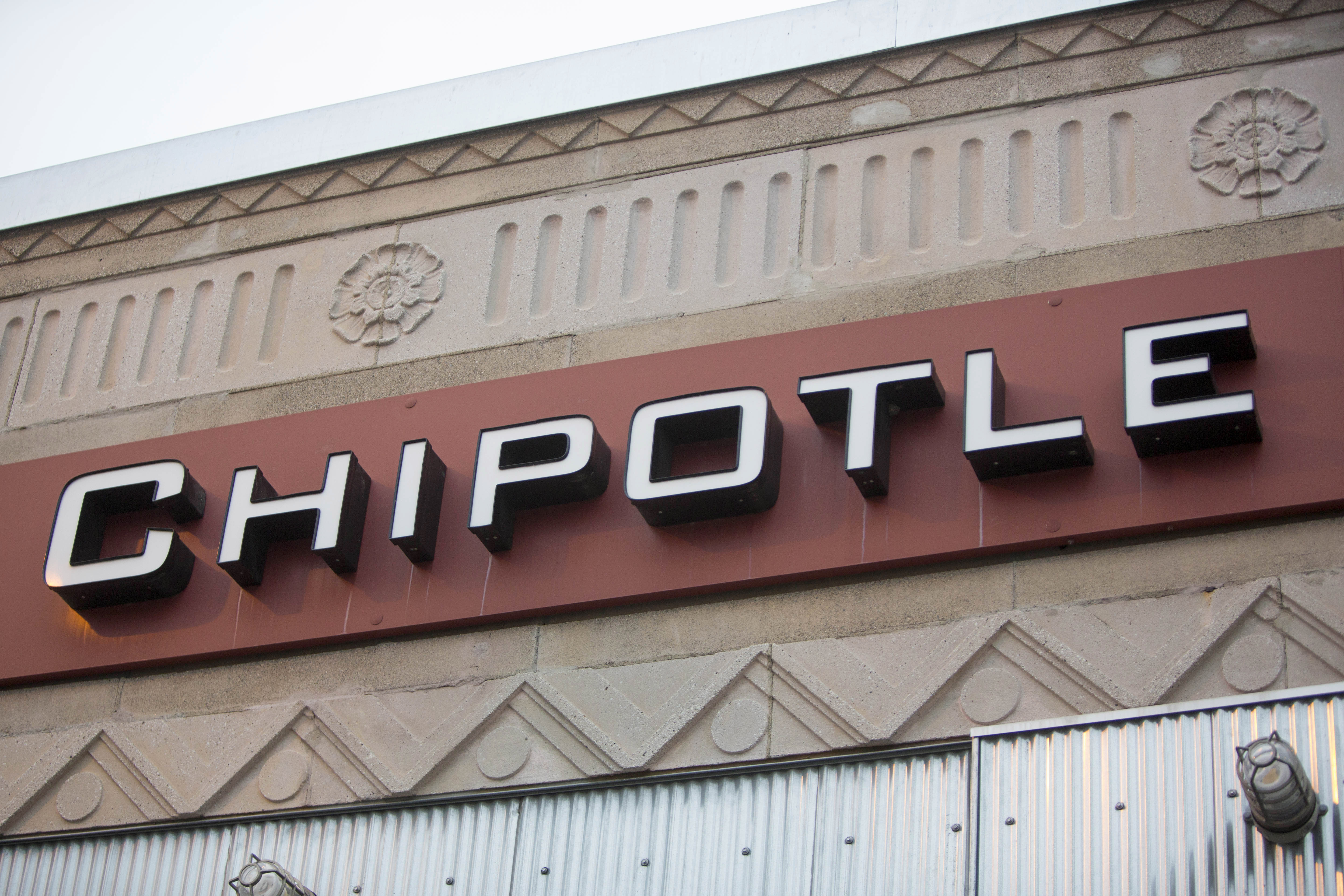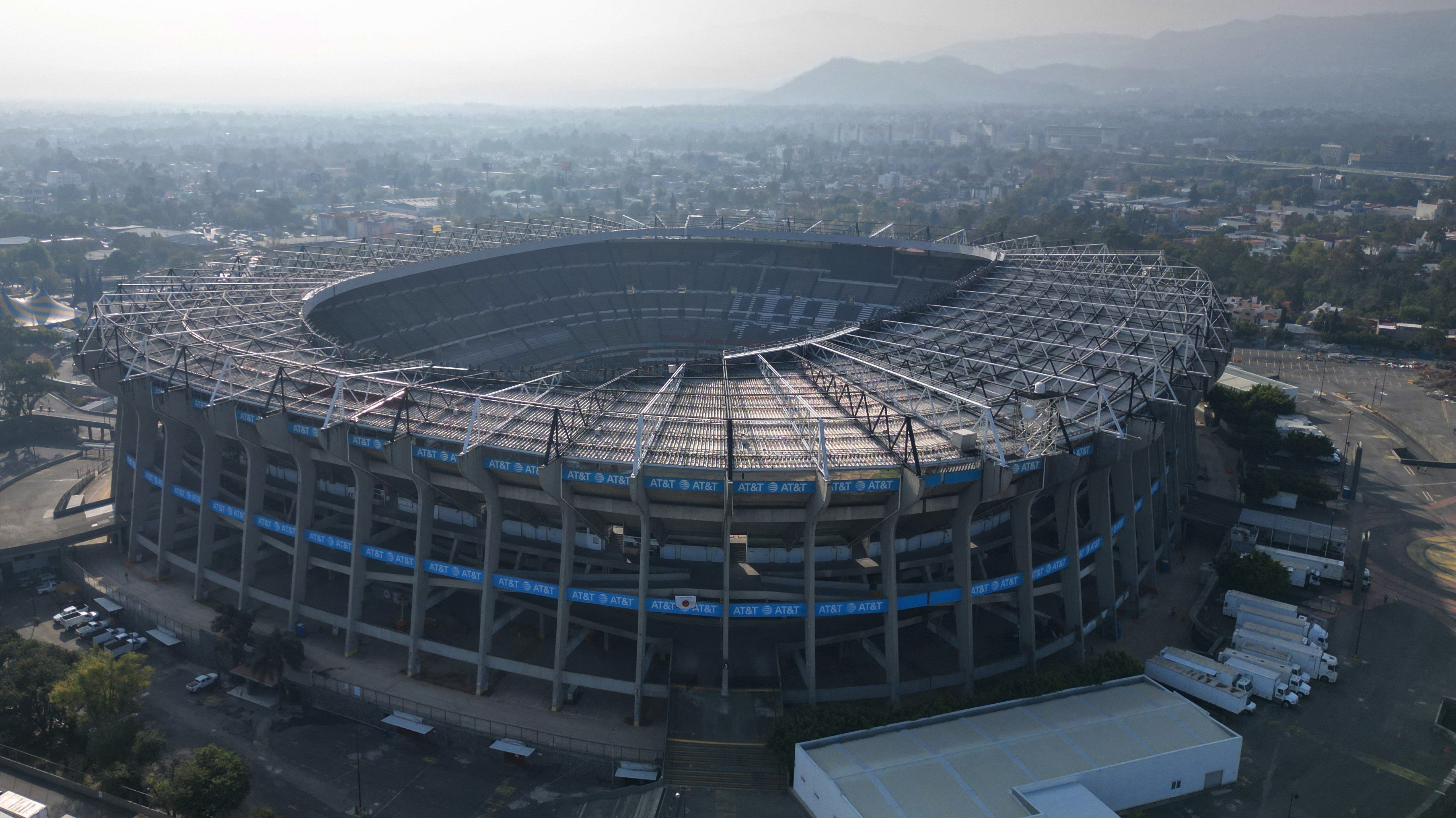Chipotle Heads to Mexico: First Location - Why It Matters
Chipotle Goes South! Mexican Grill Opens First Mexico Location
A New Chapter: Chipotle Crosses the Border
Hold on to your sombreros, folks! Get ready to add a little American flavor to your next trip south of the border because, guess what? Chipotle Mexican Grill is finally heading to Mexico! That's right, after 30 years of tantalizing taste buds north of the border, the California-based chain is planting its flag in the land of tacos, tequila, and now, Chipotle.
Can you imagine? Chipotle, in Mexico? It's like sending coals to Newcastle, or is it? This move isn't just about expanding a business; it's a bold statement, a culinary experiment, and frankly, a little bit of a head-scratcher. But hey, we’re here for it! Let’s dive into the sizzling details of this exciting, and perhaps slightly ironic, expansion.
The Alsea Partnership: A Key Ingredient for Success
So, how is Chipotle planning to pull off this geographical gamble? They aren’t going it alone. Chipotle is teaming up with Alsea, a major player in the Latin American and European restaurant scene. Think of Alsea as the seasoned guide on this culinary expedition. These guys aren't new to the game, managing brands like Domino's, Starbucks, Burger King, and Chili's across South America and Europe.
Think of it this way: Alsea knows the terrain, the tastes, and the potential pitfalls of the Mexican market. This partnership provides Chipotle with a significant advantage, leveraging Alsea's existing infrastructure and market expertise.
Alsea's Strategic Role
Why is this partnership so important? Well, launching a restaurant in a foreign country is like navigating a minefield. Local regulations, supply chain complexities, and cultural nuances can make or break a new venture. Alsea brings to the table:
- Market Knowledge: Deep understanding of the Mexican consumer and restaurant industry.
- Operational Expertise: Proven track record of managing and scaling restaurant chains.
- Existing Infrastructure: Access to established supply chains and distribution networks.
Why Mexico? Chipotle's Rationale
Now, the million-dollar question: Why Mexico? I mean, isn't that where the inspiration for their food comes from in the first place? Chipotle’s Chief Business Development Officer, Nate Lawton, believes the company’s menu will resonate with Mexican diners.
According to Lawton, "The country’s familiarity with our ingredients and affinity for fresh food make it an attractive growth market for our company." Okay, fair enough. But can Chipotle really offer something new and exciting in a country practically overflowing with delicious, authentic Mexican cuisine?
Fresh Ingredients and the "Chipotle Experience"
Chipotle's bet seems to hinge on the concept of “freshness” and the overall "Chipotle experience," emphasizing customization and ingredient quality. Will that be enough to win over discerning Mexican palates? Only time will tell. But the underlying belief is that:
- Fresh ingredients are a universal draw.
- Customization options appeal to a broad range of tastes.
- The "Chipotle experience" – a fast-casual, transparent approach – will differentiate them from traditional Mexican restaurants.
Timing is Everything: Trump's Tariffs and Mexican Expansion
Here's where things get a little… interesting. This expansion comes at a time when trade relations between the U.S. and Mexico have been, shall we say, turbulent. President Trump's tariffs on Mexican imports could potentially increase costs for Chipotle's U.S. locations. Is this expansion a hedge against those potential cost increases? A way to diversify their supply chain? Or just a happy coincidence?
It’s possible that, by establishing a presence in Mexico, Chipotle hopes to mitigate the impact of tariffs by sourcing more ingredients directly from Mexican suppliers. This could potentially stabilize their supply chain and reduce reliance on imports subject to tariffs.
Challenges Ahead: Can Chipotle Succeed in Mexico?
Let's be real: Chipotle faces some serious challenges in the Mexican market. It's not like they are introducing a new product; they are selling a version of a cuisine that Mexicans already know and love. Here are some hurdles they'll need to overcome:
Competition from Authentic Mexican Cuisine
This is the big one. Mexico is brimming with incredible, authentic Mexican food. From street tacos to family-owned restaurants, the competition is fierce, and often cheaper. Can Chipotle compete with generations of culinary tradition?
Price Sensitivity
Mexican consumers may be more price-sensitive than their American counterparts. Chipotle's price point might be perceived as too high, especially when compared to local alternatives. Will the perceived value of the "Chipotle experience" justify the higher price?
Cultural Nuances
Even though Mexicans are familiar with the core ingredients, there could be cultural nuances that impact Chipotle's success. For example, spice levels, portion sizes, or even the way food is presented might need to be adjusted to cater to local preferences.
Potential Benefits: Beyond the Bottom Line
Despite the challenges, Chipotle's expansion into Mexico could also bring some significant benefits. It's not all about dollars and cents; there are other potential positive outcomes:
Sourcing Opportunities
Expanding into Mexico could open up new opportunities for sourcing high-quality, sustainable ingredients directly from Mexican farmers and suppliers. This could improve their supply chain resilience and potentially lower costs in the long run.
Brand Building
A successful launch in Mexico could significantly enhance Chipotle's brand image and reputation, particularly in Latin America. It could position them as a truly global brand with a deep connection to Mexican culinary traditions.
Learning and Innovation
Operating in the Mexican market could provide Chipotle with valuable insights and learnings that could inform their menu development and operations in other markets. It's an opportunity to innovate and refine their offerings based on feedback from Mexican consumers.
The Local Perspective: What Do Mexicans Think?
This is crucial! What's the buzz on the streets of Mexico City? Are people excited about Chipotle coming to town, or are they rolling their eyes and saying, "Seriously?" Unfortunately, we don't have a crystal ball to see into the future, but we can speculate.
It’s likely that the reaction will be mixed. Some Mexicans may be curious and eager to try Chipotle, while others may be skeptical and prefer to stick with their local favorites. Ultimately, Chipotle's success will depend on its ability to win over the hearts (and stomachs) of Mexican consumers.
Predictions: Will Chipotle Thrive or Dive?
So, what's our verdict? Will Chipotle be a hit or a miss in Mexico? It's tough to say definitively. The success hinges on a number of factors, including pricing, marketing, and, most importantly, the quality and taste of the food.
But here's a prediction: Chipotle will likely find a niche market in Mexico, appealing to a segment of consumers who appreciate the "Chipotle experience" and are willing to pay a premium for fresh, customizable food. However, it's unlikely to become a mass-market phenomenon, given the strong competition from local Mexican restaurants.
The Initial Location: Mexico City as a Starting Point
Choosing Mexico City as the location for their first Mexican restaurant is strategic. It is a cosmopolitan hub, home to diverse palates, and a large population receptive to international brands. Here is why Mexico City is a good testing ground:
- Large Population: A massive consumer base provides ample opportunity to attract a loyal customer base.
- Cosmopolitan City: The city’s openness to new culinary experiences makes it easier to introduce a foreign food chain.
- Tourist Destination: This will provide Chipotle with tourists who already know the food chain.
Long-Term Vision: Alsea's Expansion Plans
This isn’t just about opening one restaurant. The partnership with Alsea suggests a longer-term vision, with plans to explore additional expansion in Mexico and other locations in the region. This indicates confidence in the partnership and its Mexican market potential.
Navigating the Supply Chain: Ensuring Quality and Affordability
One of the biggest hurdles will be adapting their supply chain to the Mexican market. Chipotle prides itself on fresh, high-quality ingredients. Maintaining those standards while keeping prices competitive will be a delicate balancing act. They will have to:
Establish Local Partnerships
Finding reliable and sustainable local suppliers for ingredients like avocados, tomatoes, and peppers will be key. This will not only reduce transportation costs but also support local farmers and communities.
Optimize Distribution Networks
Efficient distribution networks are essential for delivering fresh ingredients to restaurants on a timely basis. Investing in infrastructure and logistics will be crucial for maintaining quality and minimizing waste.
The Marketing Strategy: Appealing to Mexican Consumers
How will Chipotle position itself in the Mexican market? Will they emphasize their American roots, or will they try to blend in with the local culinary scene? A well-crafted marketing strategy will be essential for capturing the attention and loyalty of Mexican consumers. This is how they can succeed:
Highlight Freshness and Quality
Emphasize the freshness of their ingredients and the quality of their preparation. This is what can set them apart from traditional Mexican fast food chains.
Embrace Mexican Culture
Incorporate elements of Mexican culture into their marketing campaigns. This could involve partnering with local artists, sponsoring cultural events, or even adding Mexican-inspired dishes to the menu.
Beyond Burritos: Adapting the Menu for Local Tastes
Will Chipotle keep its menu exactly the same, or will they introduce items specifically tailored to Mexican tastes? Some localization may be necessary to appeal to a broader audience. Imagine these options:
Adding Regional Specialties
Introducing dishes that showcase regional Mexican specialties. This could involve adding items like mole, cochinita pibil, or tlayudas to the menu.
Adjusting Spice Levels
Offering a wider range of spice levels to cater to different preferences. Some Mexican consumers may prefer their food to be spicier than what Chipotle typically offers in the U.S.
A Culinary Experiment: The World Watches
Chipotle’s foray into Mexico is more than just a business venture. It’s a culinary experiment, a test of cultural boundaries, and a fascinating case study in global expansion. The world will be watching to see if the Americanized version of Mexican food can find a home in the land of its inspiration.
Conclusion: A Bold Move with Uncertain Outcomes
Chipotle's decision to open its first location in Mexico is a bold and potentially game-changing move. While it faces significant challenges, including intense competition from authentic Mexican cuisine and potential tariff-related cost increases, the partnership with Alsea and the company's focus on fresh ingredients provide a foundation for success. Ultimately, whether Chipotle thrives or dives in Mexico will depend on its ability to adapt to local tastes, offer competitive pricing, and effectively communicate its brand value to Mexican consumers. It's a gamble, for sure, but one that could pay off handsomely if executed well.
Frequently Asked Questions
- Why is Chipotle opening in Mexico now?
Chipotle believes the Mexican market is ripe for expansion due to familiarity with its ingredients and an affinity for fresh food. The partnership with Alsea provides the necessary infrastructure and expertise for a successful launch.
- Will the menu be the same in Mexico as in the U.S.?
While the core menu will likely remain similar, Chipotle may introduce dishes or variations tailored to local Mexican tastes and preferences. This could include adjusting spice levels or adding regional specialties.
- How will Chipotle compete with existing Mexican restaurants?
Chipotle aims to differentiate itself by emphasizing the freshness and quality of its ingredients, offering customizable options, and providing a fast-casual dining experience.
- What impact will Trump's tariffs have on Chipotle's Mexican expansion?
The expansion could potentially mitigate the impact of tariffs by allowing Chipotle to source more ingredients directly from Mexican suppliers, stabilizing their supply chain and reducing reliance on imports.
- Where will the first Chipotle in Mexico be located?
The first location will be in Mexico City. The chain chose Mexico City because it’s a cosmopolitan hub and a good testing ground for the Mexican Chipotle market.

